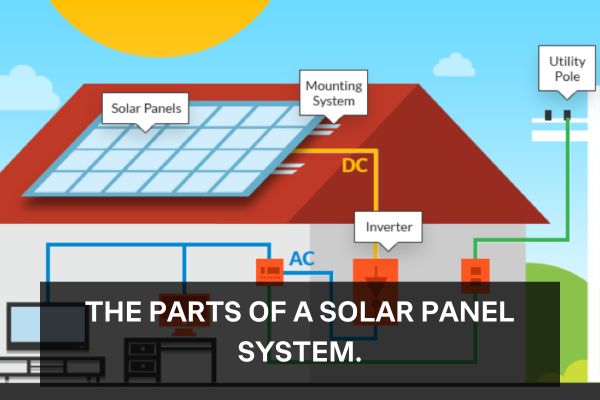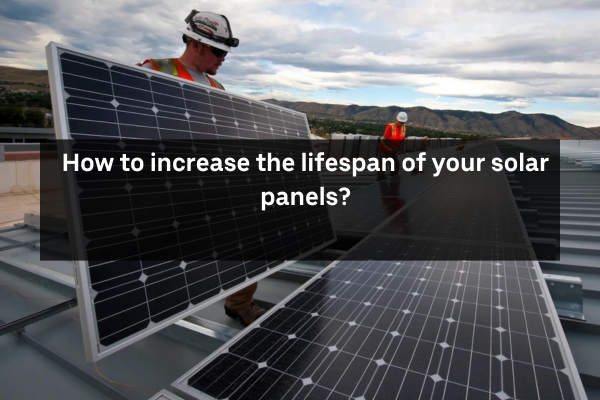
The Parts Of A Solar Panel System
Introduction:
As the world transitions towards cleaner and more sustainable energy sources, solar power has emerged as a leading contender in the renewable energy landscape. At the heart of every solar power system are various components that work together to harness the sun’s energy and convert it into electricity. In this blog post, we’ll delve into the key parts of a solar panel system, exploring their functions and importance in generating clean, renewable energy.
1. Solar Panels: The cornerstone of any solar power system, solar panels consist of photovoltaic cells that capture sunlight and convert it into electricity through the photovoltaic effect. These panels are typically made of silicon-based materials and come in various sizes and efficiencies to suit different energy needs and budgets.
2. Inverter: Once solar panels capture sunlight and generate direct current (DC) electricity, the inverter plays a crucial role in converting this DC electricity into alternating current (AC) electricity, which is used to power household appliances and electronics. Inverters ensure compatibility with the electrical grid and optimize energy efficiency.
3. Racking and Mounting Systems: Racking and mounting systems provide structural support for solar panels, securely anchoring them to rooftops, ground mounts, or other surfaces. These systems are designed to withstand various weather conditions and ensure optimal sunlight exposure for maximum energy production.
4. Solar Batteries (Optional): Solar batteries, such as lithium-ion or lead-acid batteries, store excess energy generated by solar panels for later use, such as during periods of low sunlight or power outages. These batteries enhance energy independence and resilience, allowing homeowners to maximize self-consumption of solar energy.
5. Monitoring and Control Systems: Monitoring and control systems enable homeowners and solar system owners to track energy production, monitor system performance in real-time, and identify any potential issues or inefficiencies. These systems provide valuable insights into energy usage patterns and help optimize system performance over time.
6. Electrical Wiring and Components: Electrical wiring and components, including junction boxes, conductors, and circuit breakers, facilitate the safe and efficient flow of electricity within the solar power system. Proper wiring and installation are essential to ensure compliance with electrical codes and regulations and minimize the risk of electrical hazards.
Conclusion:
A solar panel system is a complex yet interconnected network of components that work harmoniously to harness the sun’s energy and generate clean electricity. By understanding the key parts of a solar panel system and their functions, homeowners and solar system owners can make informed decisions about their energy needs, maximize energy production, and reap the many benefits of solar power. As we continue to innovate and advance solar technology, the future of clean, renewable energy looks brighter than ever before.



